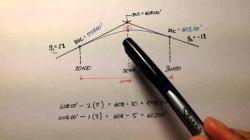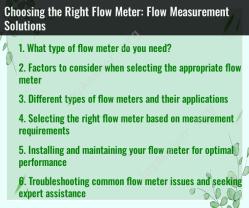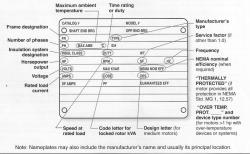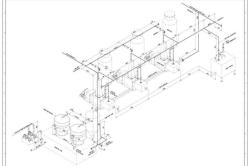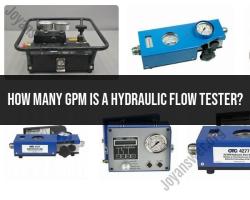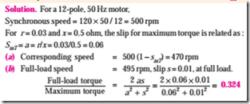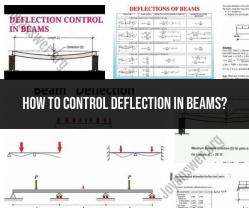What type of flow meter do you need?
Selecting the right flow meter depends on various factors, including the characteristics of the fluid, the application requirements, and environmental conditions. Here are some common types of flow meters and considerations to help you choose the right one:
Variable Area Flow Meters (Rotameters):
- Working Principle: These meters use a float inside a tapered tube. The position of the float indicates the flow rate.
- Applications: Suitable for general-purpose liquid and gas flow measurements with moderate accuracy requirements.
Turbine Flow Meters:
- Working Principle: Flow causes a turbine to rotate, and the rotational speed is proportional to the flow rate.
- Applications: Often used for measuring clean, low-viscosity liquids in industries such as water treatment and chemicals.
Ultrasonic Flow Meters:
- Working Principle: Measure the time taken by ultrasonic waves to travel between transducers upstream and downstream of the flow.
- Applications: Ideal for non-intrusive measurement of liquids, especially in applications where contact with the fluid is impractical or undesirable.
Electromagnetic Flow Meters:
- Working Principle: Use Faraday's law of electromagnetic induction to measure the voltage induced by the fluid moving through a magnetic field.
- Applications: Suitable for conductive liquids, such as water and slurries, and can handle corrosive and abrasive materials.
Coriolis Mass Flow Meters:
- Working Principle: Measure the mass flow directly by analyzing the Coriolis effect on a vibrating tube.
- Applications: Suitable for measuring mass flow rates of liquids and gases, and often used in applications where accuracy is critical.
Positive Displacement Flow Meters:
- Working Principle: Measure the volume of fluid displaced in each cycle of operation.
- Applications: Effective for measuring viscous fluids and are commonly used in industries such as oil and gas.
Vortex Shedding Flow Meters:
- Working Principle: The fluid flow induces vortices, and the frequency of vortices shedding is proportional to the flow rate.
- Applications: Suitable for measuring liquid and gas flows in pipes, especially in applications with varying flow rates.
Differential Pressure (DP) Flow Meters:
- Working Principle: Measure the pressure drop across a constriction in the flow path.
- Applications: Common in various industries and suitable for both liquid and gas flow measurement. Types include orifice plates, venturi meters, and flow nozzles.
When choosing a flow meter, consider factors such as:
- The type and properties of the fluid (liquid or gas, viscosity, conductivity, etc.).
- Flow rate range and accuracy requirements.
- Operating conditions (temperature, pressure, and environmental conditions).
- Installation and maintenance requirements.
- Budget constraints.
It's often advisable to consult with a flow measurement specialist or engineer to ensure that the selected flow meter meets the specific needs of your application.
Factors to consider when selecting the appropriate flow meter
Choosing the right flow meter for a specific application requires careful consideration of several factors, including:
Fluid Properties: The type of fluid being measured, its viscosity, density, temperature, and compatibility with the flow meter materials are crucial considerations.
Flow Rate Range: The expected range of flow rates should match the meter's capabilities to ensure accurate measurements across the entire range.
Accuracy Requirements: The desired level of accuracy depends on the application's sensitivity to flow variations.
Installation Conditions: The pipe size, orientation, and available space for installation influence the choice of flow meter type and mounting configuration.
Environmental Factors: Consider factors like ambient temperature, humidity, vibrations, and potential exposure to corrosive or hazardous substances.
Output Requirements: Determine the desired output signal type (analog, digital, pulse) and communication protocols for data transmission.
Cost and Maintenance: Evaluate the initial cost, ongoing maintenance needs, and availability of spare parts.
Different types of flow meters and their applications
A wide range of flow meter technologies exists, each with its strengths and limitations. Here's an overview of common types:
Differential Pressure (DP) Flow Meters: Measure flow based on the pressure difference created by a restriction in the pipe. Suitable for liquids, gases, and steam.
Turbine Flow Meters: Utilize a rotating turbine to measure flow velocity. Ideal for clean, non-abrasive liquids and gases.
Positive Displacement (PD) Flow Meters: Trap and measure discrete volumes of fluid. Suitable for viscous liquids, slurries, and dosing applications.
Electromagnetic Flow Meters (EMF): Measure flow based on Faraday's law of induction, requiring conductive fluids. Suitable for water, wastewater, and slurries.
Ultrasonic Flow Meters: Transmit ultrasonic pulses and measure the time difference between upstream and downstream signals. Suitable for clean liquids and gases in large pipes.
Coriolis Flow Meters: Measure mass flow based on the Coriolis effect, induced by vibrating tubes. Suitable for high-precision measurements of liquids and gases.
Selecting the right flow meter based on measurement requirements
To select the right flow meter, consider the following steps:
Define the Measurement Objective: Clearly identify the purpose of the flow measurement, including the fluid type, flow rate range, and accuracy requirements.
Evaluate Installation Conditions: Assess the pipe size, orientation, available space, and environmental factors.
Consider Fluid Properties: Determine the fluid type, viscosity, density, temperature, and compatibility with flow meter materials.
Review Output Requirements: Specify the desired output signal type, communication protocols, and data transmission needs.
Compare Flow Meter Technologies: Research and compare different flow meter technologies based on their suitability for the application and environmental conditions.
Consult Experts: Seek guidance from experienced flow meter specialists to validate the selection and address any specific concerns.
Installing and maintaining your flow meter for optimal performance
Proper installation and maintenance are essential for ensuring accurate and reliable flow measurements:
Follow Installation Instructions: Carefully follow the manufacturer's installation instructions to ensure proper mounting, orientation, and piping connections.
Verify Calibration: Regularly calibrate the flow meter according to the manufacturer's recommendations to maintain accuracy.
Perform Preventive Maintenance: Conduct regular inspections, cleaning, and lubrication as recommended by the manufacturer to prolong the flow meter's lifespan.
Monitor Performance: Regularly check the flow meter's output signals and data to identify any anomalies or potential problems.
Seek Professional Support: Contact qualified flow meter technicians for any troubleshooting or repairs beyond your expertise.
Troubleshooting common flow meter issues and seeking expert assistance
Common flow meter issues include:
Inaccurate Readings: Check for calibration issues, clogged sensors, or improper installation.
Signal Fluctuations: Verify electrical connections, grounding, and electromagnetic interference sources.
Erratic Behavior: Inspect for mechanical damage, loose components, or excessive vibrations.
Complete Failure: Check for power supply issues, damaged electronics, or severe clogging.
When encountering these issues, follow these steps:
Consult the User Manual: Review the troubleshooting guide in the manufacturer's user manual for specific instructions.
Perform Basic Checks: Ensure proper installation, verify power supply, and check for loose connections.
Clean and Inspect: Clean the flow meter sensors and inspect for any visible damage or debris.
Seek Expert Assistance: If the issue persists or involves complex repairs, contact qualified flow meter technicians for assistance.




